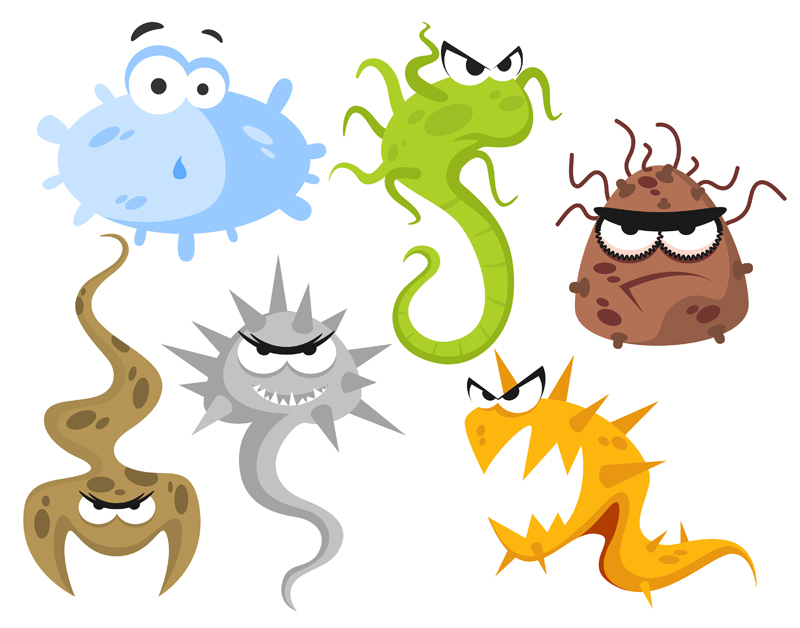Scientists Study Differences in Mouth Yeasts of Sjogren’s Patients
Written by |

Yeast colonization in the oral cavity of patients with Sjogren’s syndrome follows a different pattern compared to healthy people, suggesting a reason why some patients respond better to commonly prescribed antifungal agents compared with others, a new study shows.
The study, “Oral yeast colonization in patients with primary and secondary Sjögren’s syndrome,” was published in the journal Oral Diseases.
The cause of Sjögren’s Syndrome, an autoimmune disease, is not fully understood. However, studies have discovered that patients with the disease have defects in several immune-related processes, supporting the idea that this is a disease with many factors.
One of the major symptoms of Sjögren’s includes reduced saliva production, which has led researchers to study the microorganism population in the mouths of patients. However, most studies have focused only on bacterial organisms, which revealed that patients with Sjögren’s have increased levels of the Lactobacillus species.
Recently, using a technique called deep DNA sequencing, two studies have reported additional information about the oral bacteria in these patients. However, there is a lack of detailed knowledge regarding the different yeast species that occupy the oral microenvironment in Sjögren’s patients.
So, Brazilian researchers set out to investigate the pattern of yeast colonization of the oral cavities of patients with primary and secondary Sjögren’s syndrome.
Researchers obtained saliva and swab specimens from 15 patients with primary Sjögren’s, 15 patients with secondary Sjögren’s, and 15 healthy people (controls). Yeast species were identified using two methods – culture and DNA sequencing.
Eleven species of yeast were detected across all participants. Interestingly, healthy individuals had a greater variety of yeast species compared to Sjögren’s patients.
Candida albicans was the most prevalent yeast species among all groups, followed by Candida tropicalis, Candida glabrata, Candida parapsilosis and Candida krusei.
Despite lower diversity in species, patients with both primary and secondary disease had higher total counts for yeast, as well as higher total counts of C. albicans, compared with the control group.
As patients usually have lower salivary flow rate, researchers also looked at the relationship between salivary flow rate and yeast species. Interestingly, there is an inverse relationship between salivary flow rate and the occurrence of C. albicans, C. tropicalis and C. glabrata in all groups. That shows the lower the patients’ salivary flow rate, the higher the levels of these species.
“Although healthy individuals presented a greater variety of species in the oral cavity, [Sjögren’s syndrome] patients had higher CFU’s counts, as well as a higher incidence of clinical manifestations of candidiasis,” investigators concluded.
CFU — a colony-forming unit — is used to estimate the number of viable fungal cells in a sample.
Results from this study allowed researchers to identify potential fungal pathogens that colonize the oral cavity of Sjögren’s patients, and could be contributing to the abnormal immune environment in those patients.
Additionally, these results, “may help to reduce treatment failure and also suggest one of the many possible reasons to why some patients respond better than others to commonly prescribed antifungal agents.”





